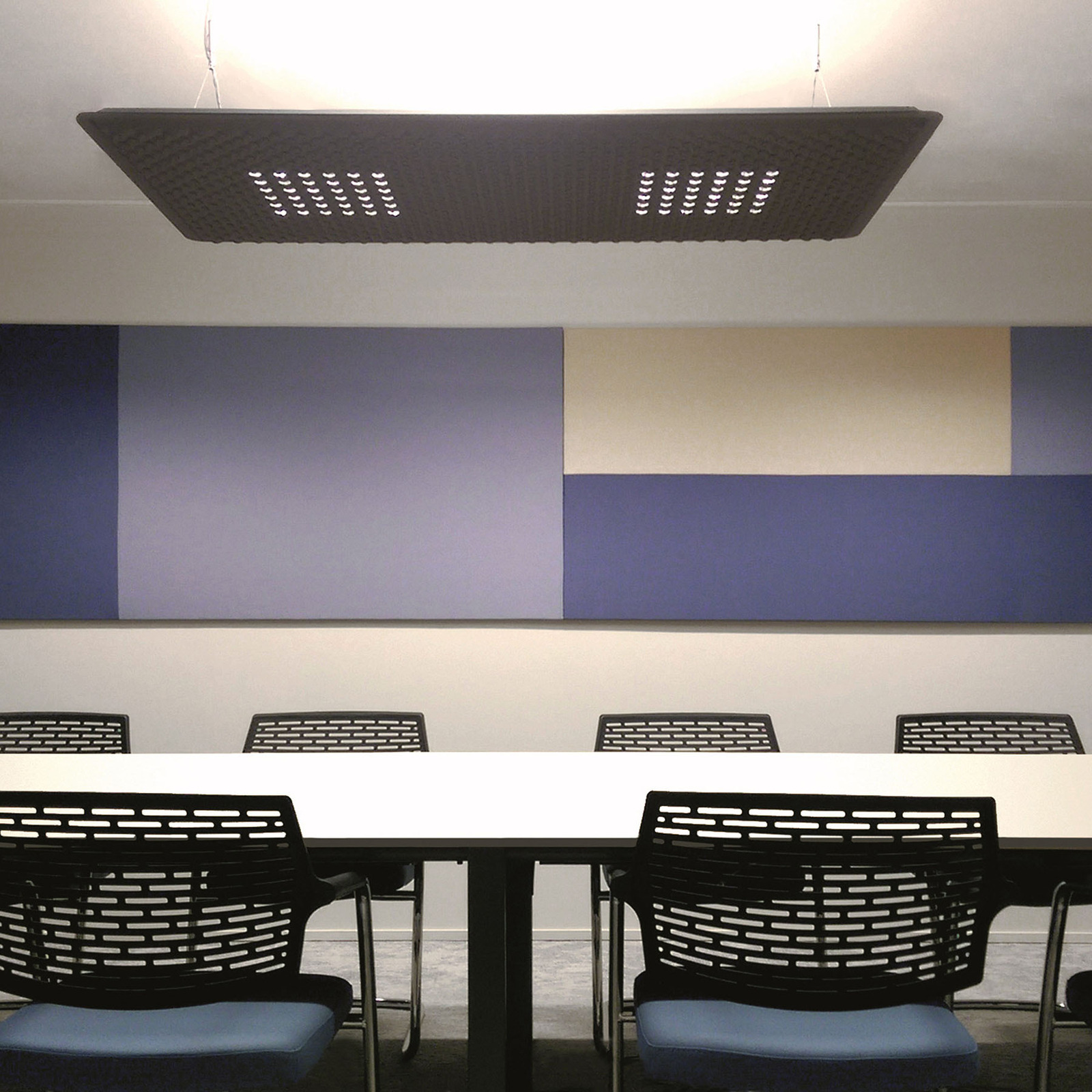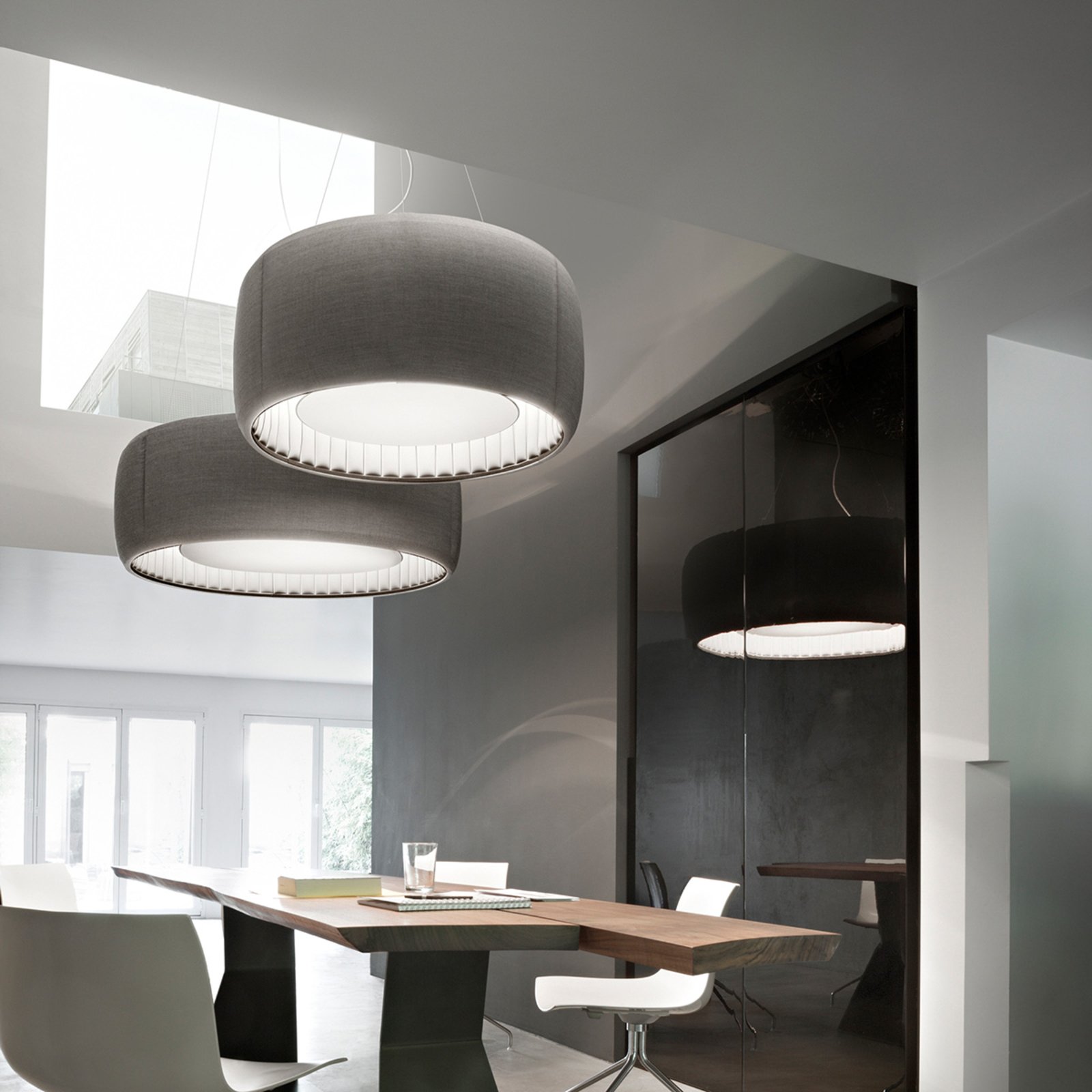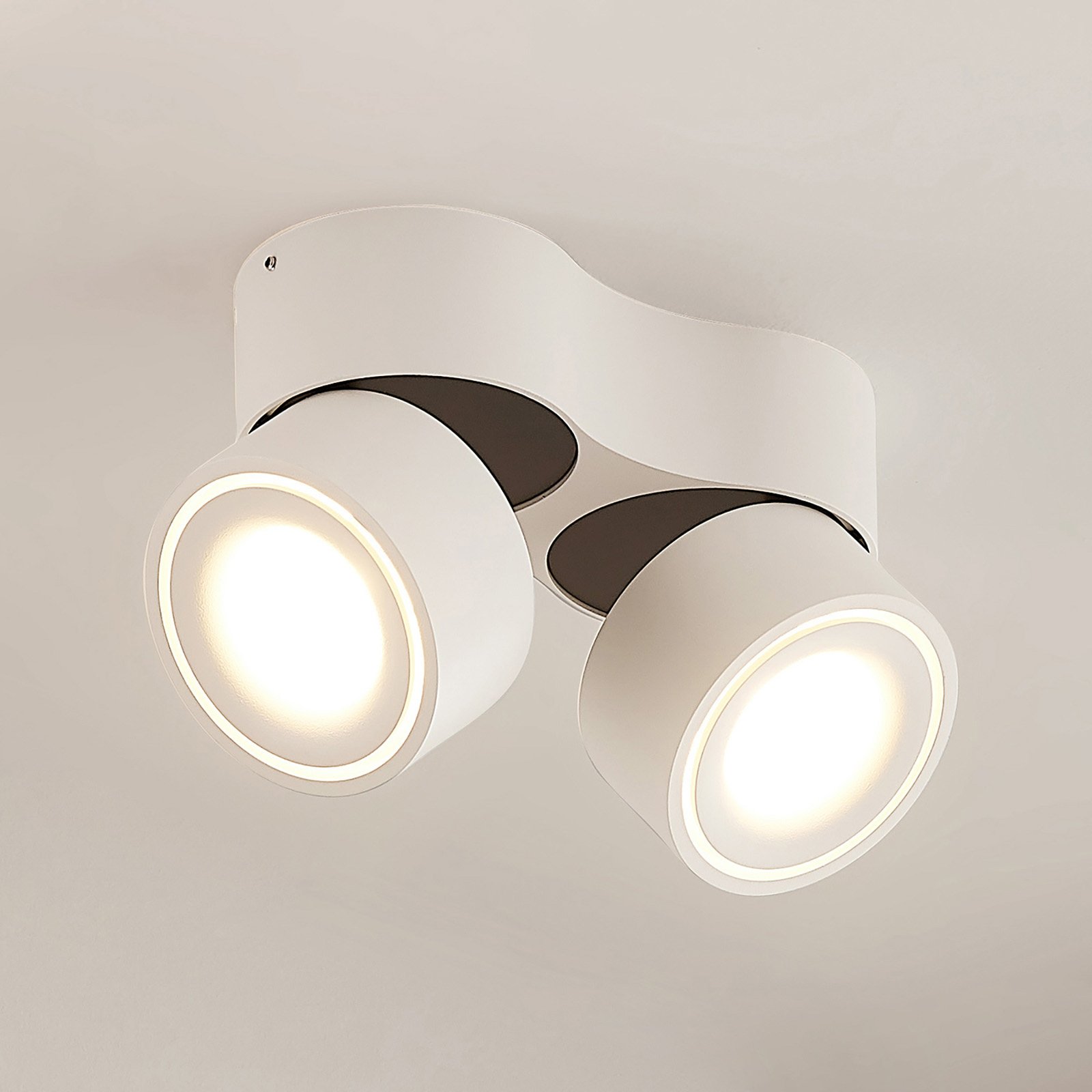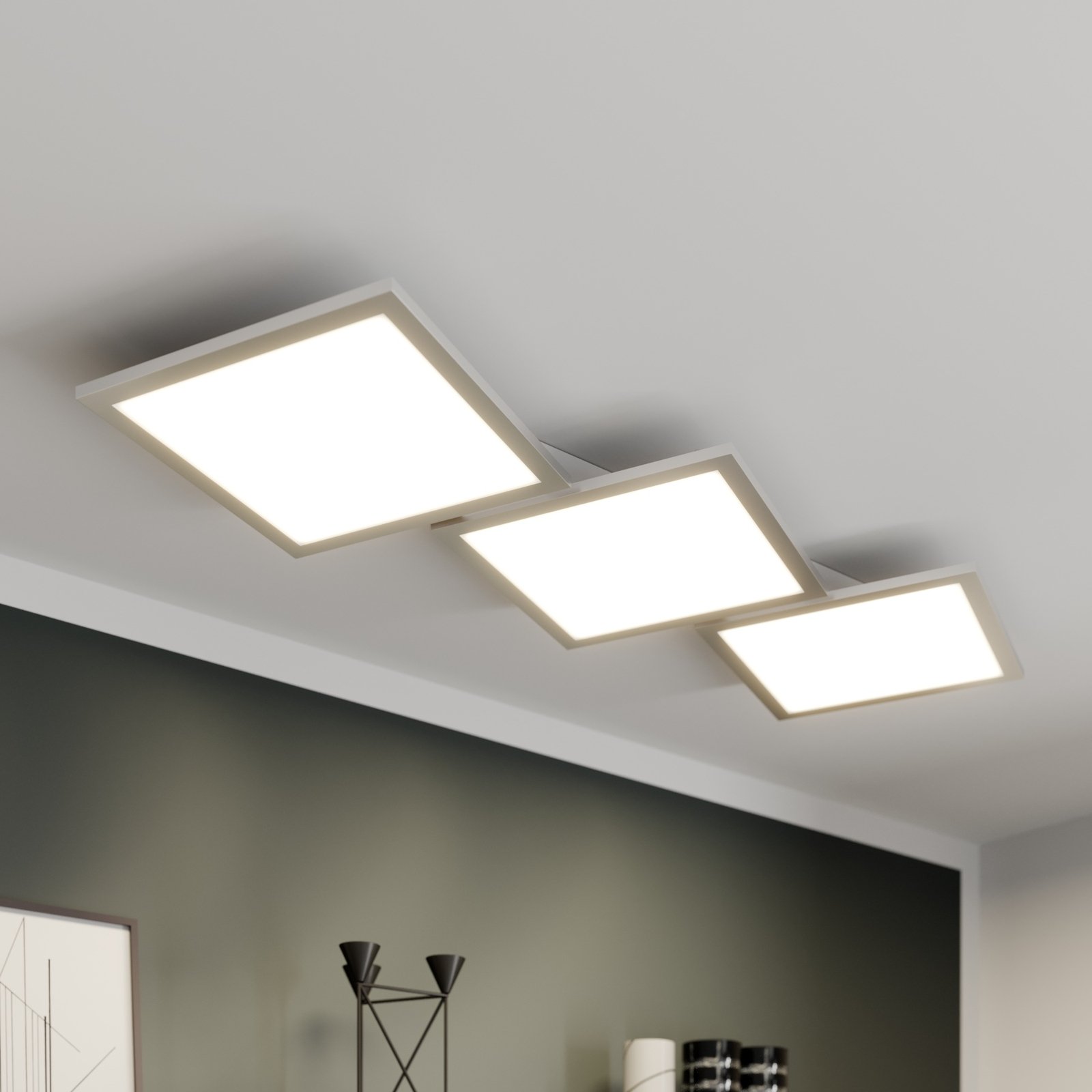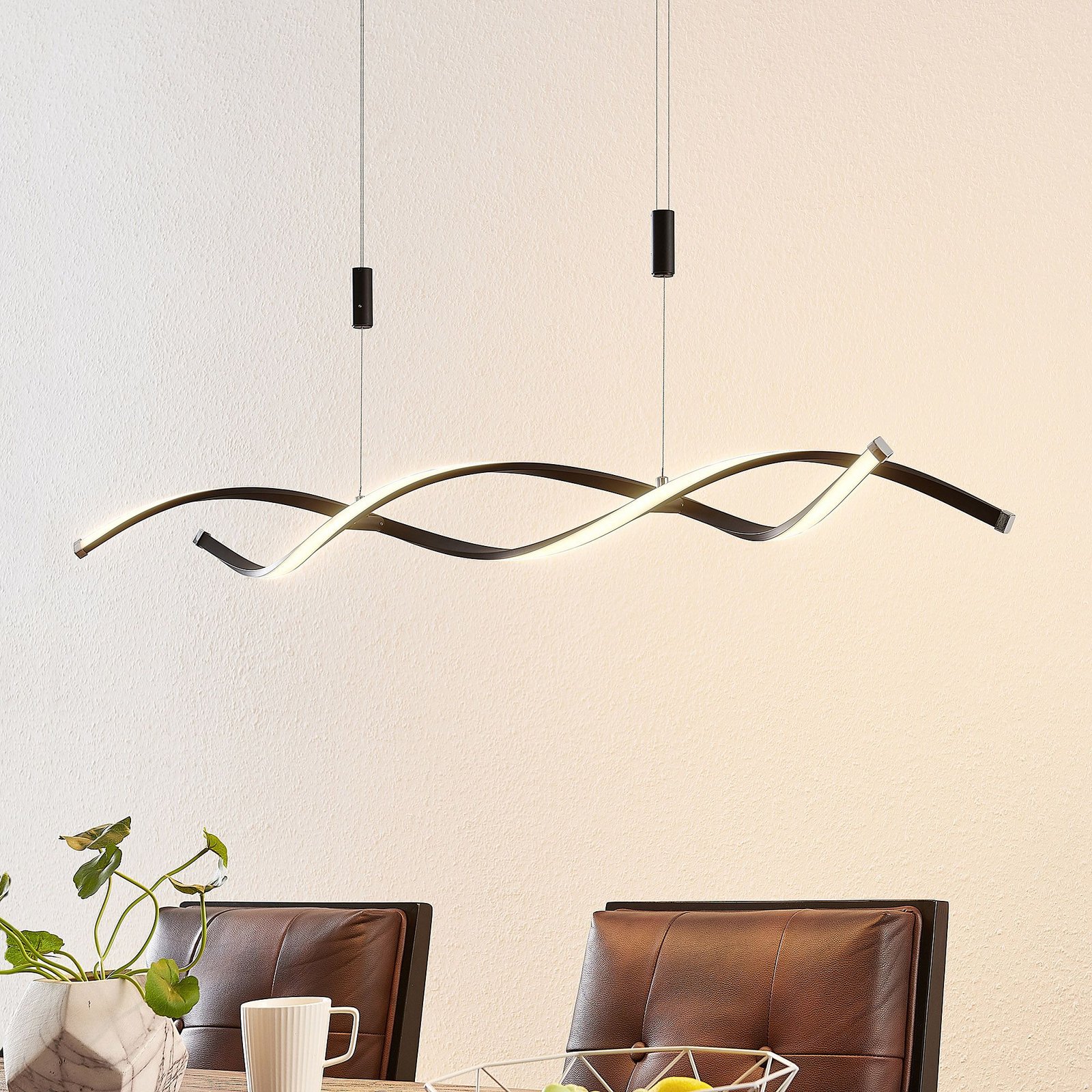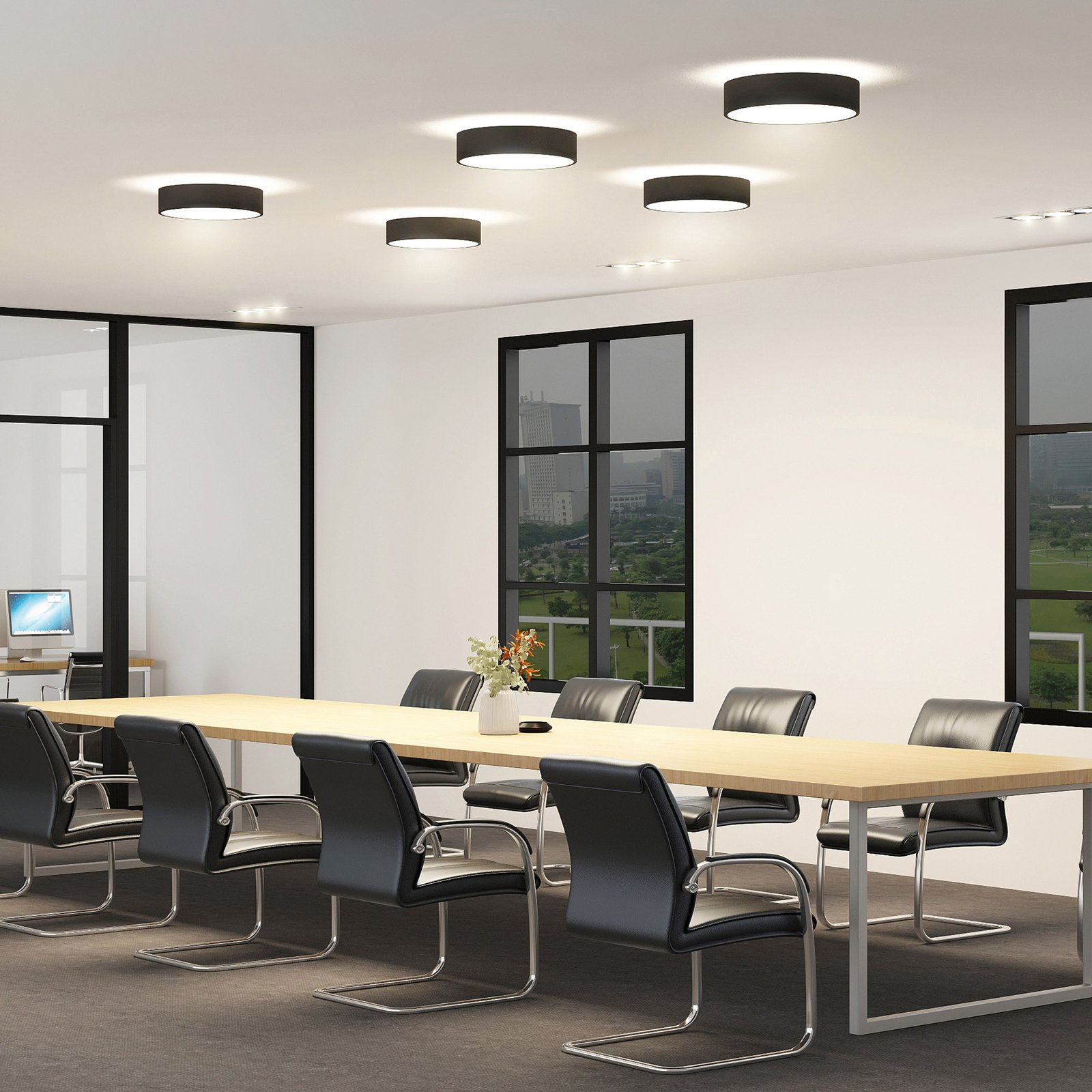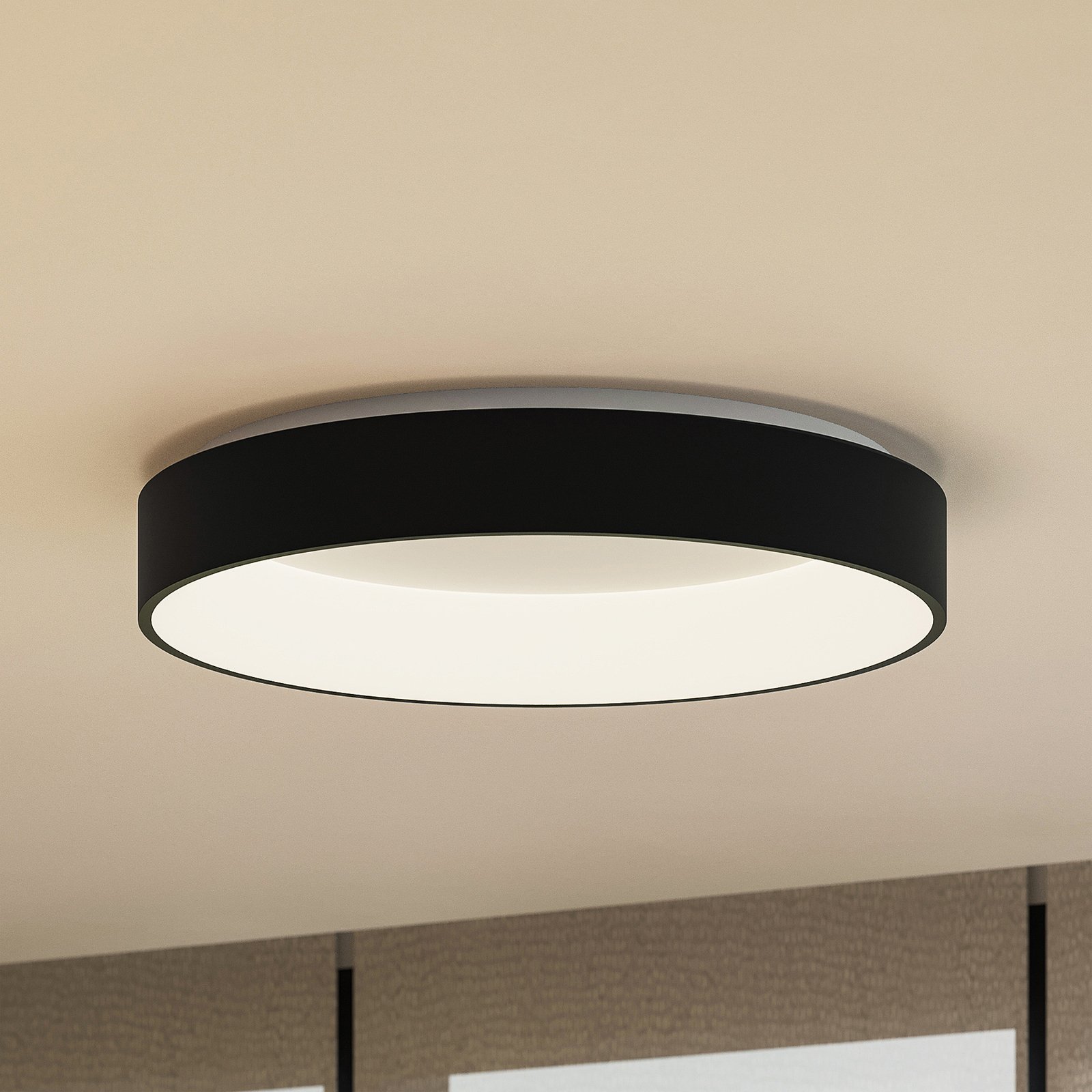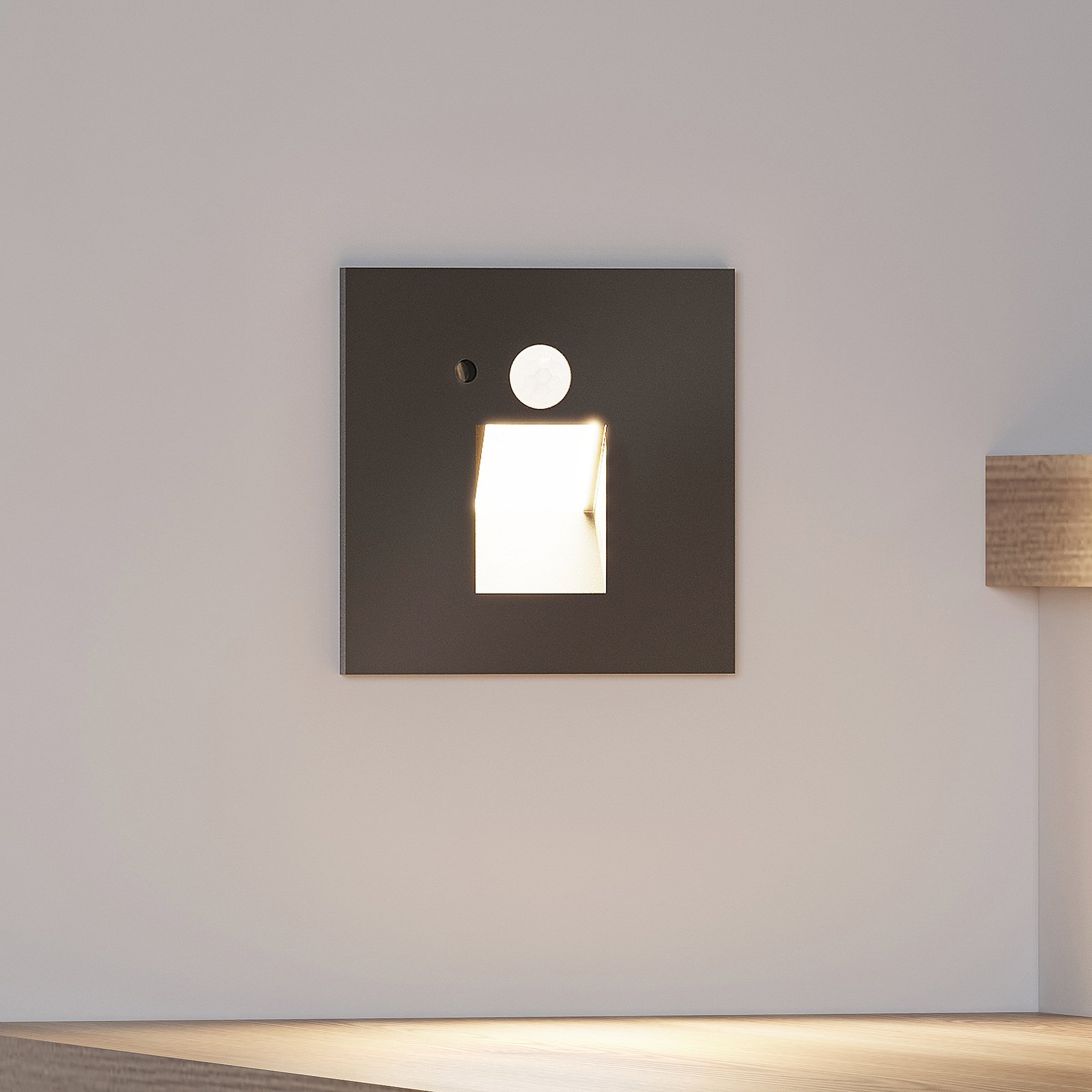:format(jpeg))
Lighting design for the office
Many employees spend around 8 hours at an office workstation. Good lighting is also a feel-good factor at work: it makes it possible to carry out any activity and has an impact on health. The lighting is also a representative and economic factor for the company.
Types of offices
Not all offices are the same. Our lighting designers will put together various solutions for your individual premises for you to choose from. Which lighting systems are used also always depends on the legal requirements.
)
- Floor area 10 to 50 m²
- For 1 to 2 persons
- Generally high proportion of daylight
The artificial lighting is used temporarily. Lights parallel to the window are recommended, e.g. pendant lights.
:format(jpeg))
- Floor area 50 to 300 m²
- For up to 25 people
Generally only in areas close to windows
Zones naturally exposed
The flexible desk groups are illuminated by mobile lighting systems such as office floor lamps. In addition, there is room-orientated ambient lighting, e.g. with LED panels.
:format(jpeg))
- Floor space from 400 to 1,200 m²
- For up to 100 people
- Generally requires permanent artificial lighting
In addition to room-related lighting, e.g. LED panels or louvre lights, area-related lighting is used with individual workstation lights, e.g. desk lamps.
Zoning and additional areas
Not only the office itself and its various lighting zones, but all the rooms belonging to the complex need to be attractively and functionally lit. Our lighting designers dedicate themselves to your small or large lighting project and use a comprehensive zoning concept to determine which areas have special lighting requirements beyond the actual workplace.
)
At the reception desk, the lighting focuses on creating a good first impression, inviting and glare-free light, but also the optimum visual conditions for employees
)
Functional lights ensure optimum visual conditions in corridors. Targeted use of Akzentlicht provides variety, for example to aesthetically emphasise objects.
)
Uniform, bright light has a representative effect and is essential for intensive dialogue in the meeting room. If accessories such as a projector are used, dimmable lighting is mandatory.
:format(jpeg))
In contrast to the work area, warm white, cosy lighting is recommended for the cafeteria. Food also looks more appealing in this light.
Lights for the office
)
Office luminaires use light with a high blue component to promote concentration and counteract fatigue. State-of-the-art HCL lighting systems also simulate natural daylight changes with their light colour. They therefore provide optimum support for productivity and health.
)
Every office has changing work activities and locations. Lighting must take all of these into account in order to optimise everyday office life. For example, the light at a desk has to meet different criteria than in a central meeting place for viewing design work.
)
Profitability is a key factor for any company. Intelligent office lighting utilises efficient LED lighting technology. It also reacts to the presence of employees and the intensity of the incoming daylight using presence and twilight sensors.
Workplace regulations for lighting
The DIN EN 12464 regulation and ASR 7/3 provide precise information on illuminance at the workplace. The Workplace Directive stipulates an illuminance of 500 lux for a conventional office workplace. We take these and other specific requirements into account in our lighting design. Find out more about optimum lighting in the workplace here.
People at the centre
The research study "Perceived lighting quality in the office" by Zumtobel and the Fraunhofer Institute shows what is important to employees in everyday office life.
The standards recommend illuminance levels of around 500 lux. However, the study shows that employees prefer illuminance levels of 800 lux and above.
The study shows that artificial light is often used for more than six hours, not only on winter days but also in summer.
Individually dimmable and colour-changing artificial light increases well-being and thus productivity and creativity.
Direct/indirect light is easier on the eyes thanks to reduced brightness contrasts and offers the best lighting conditions - as employees also feel.
Lighting design for offices
For over 20 years, the lighting designers at Lights Professional have been advising corporate customers on the ideal office lighting, taking into account all individual conditions and requirements.
:format(jpeg))
New Works in Fulda The office as a modern living space
:format(jpeg))
Office Leonine New Works lighting concept for the office

















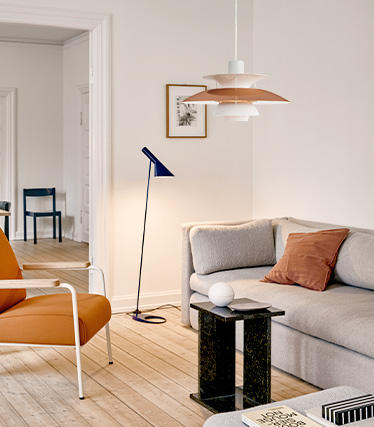

























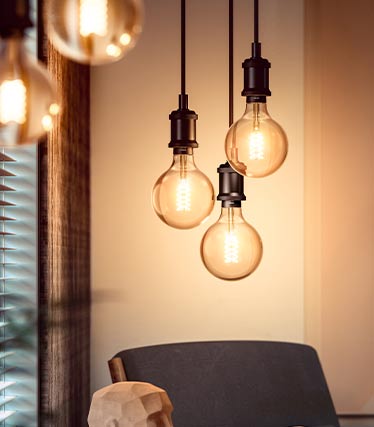
















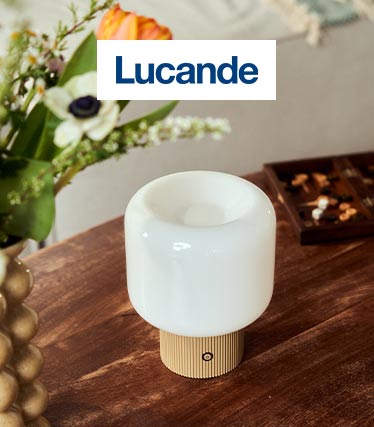



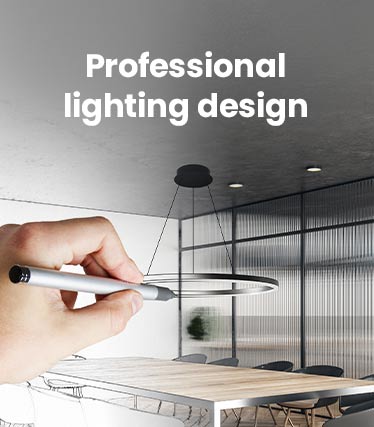





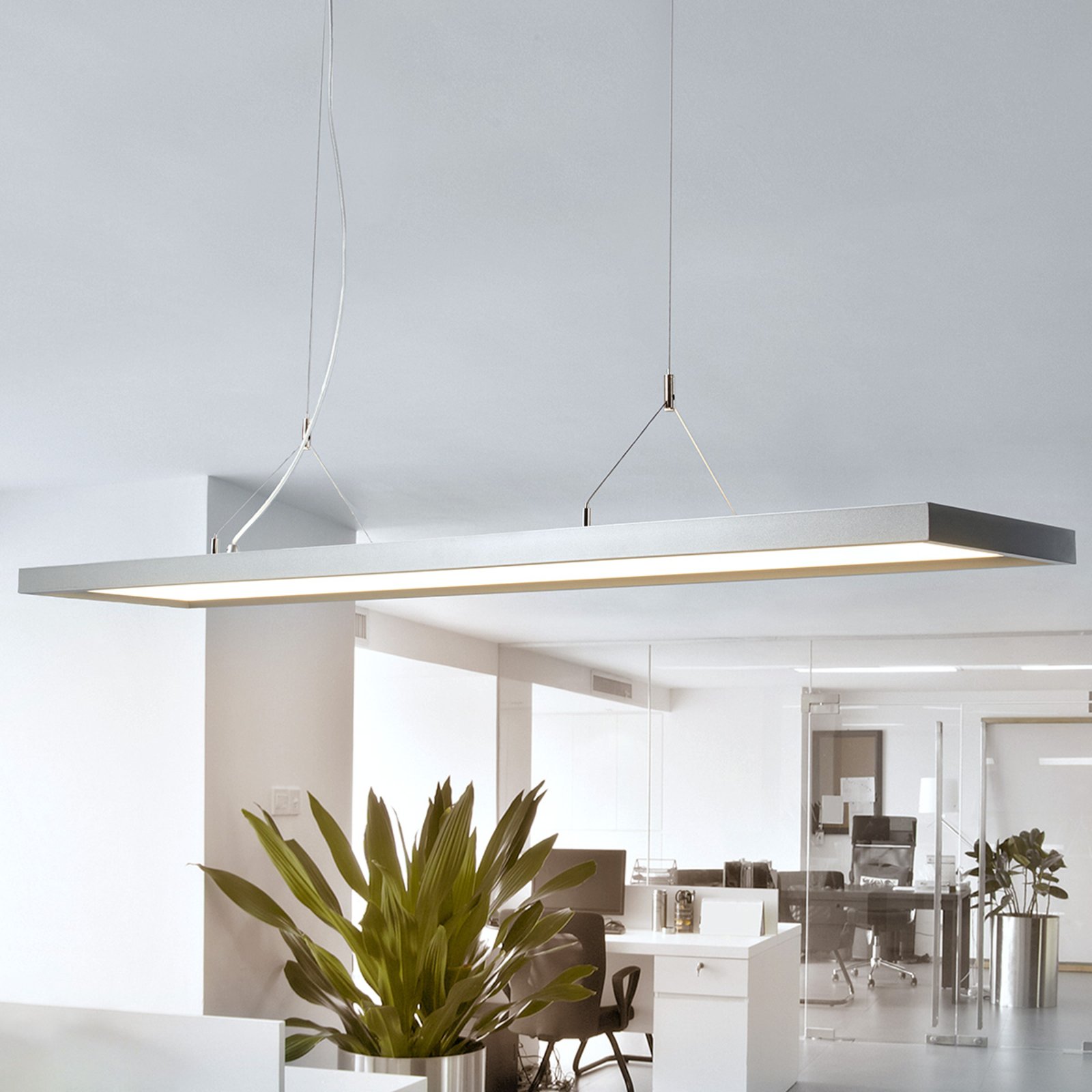
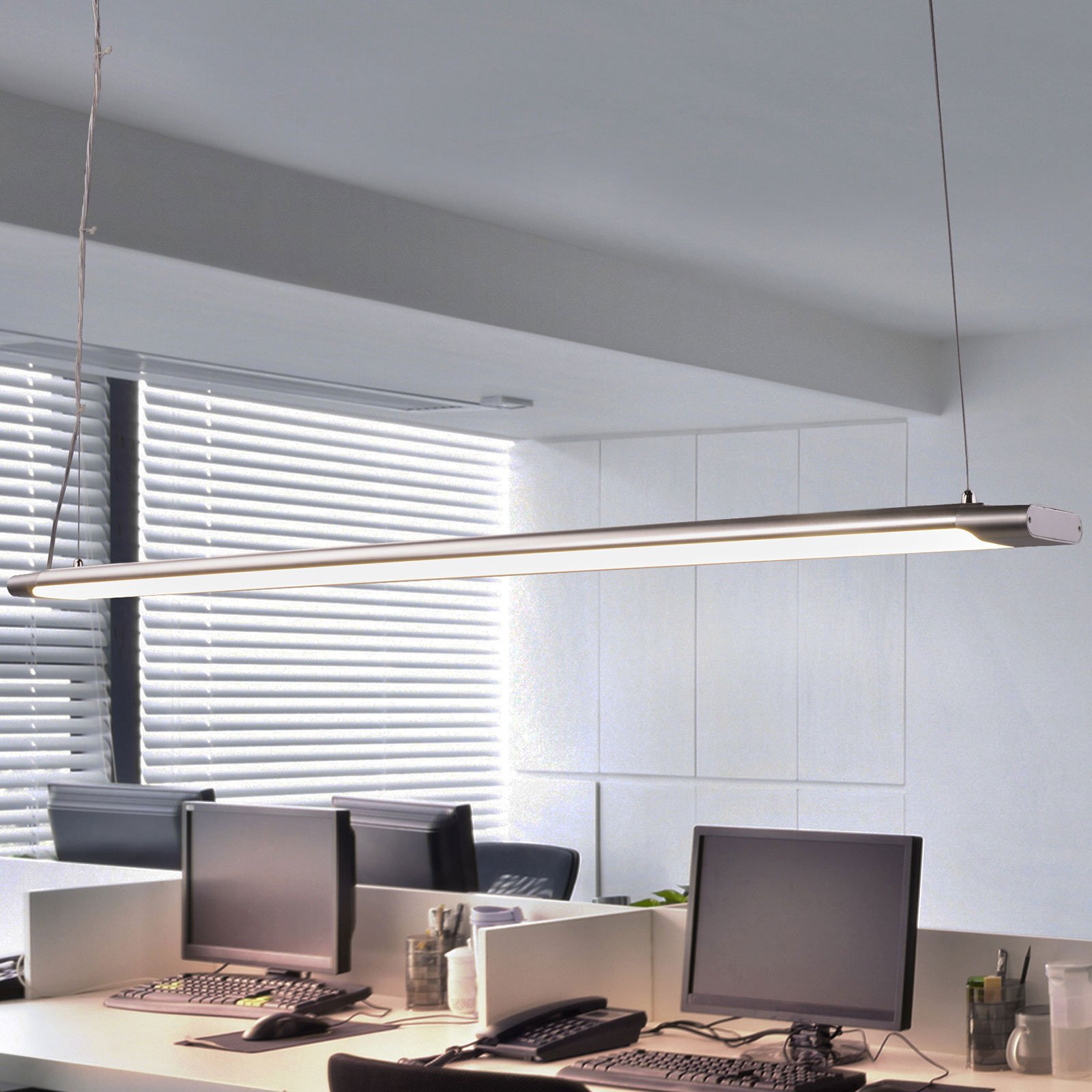
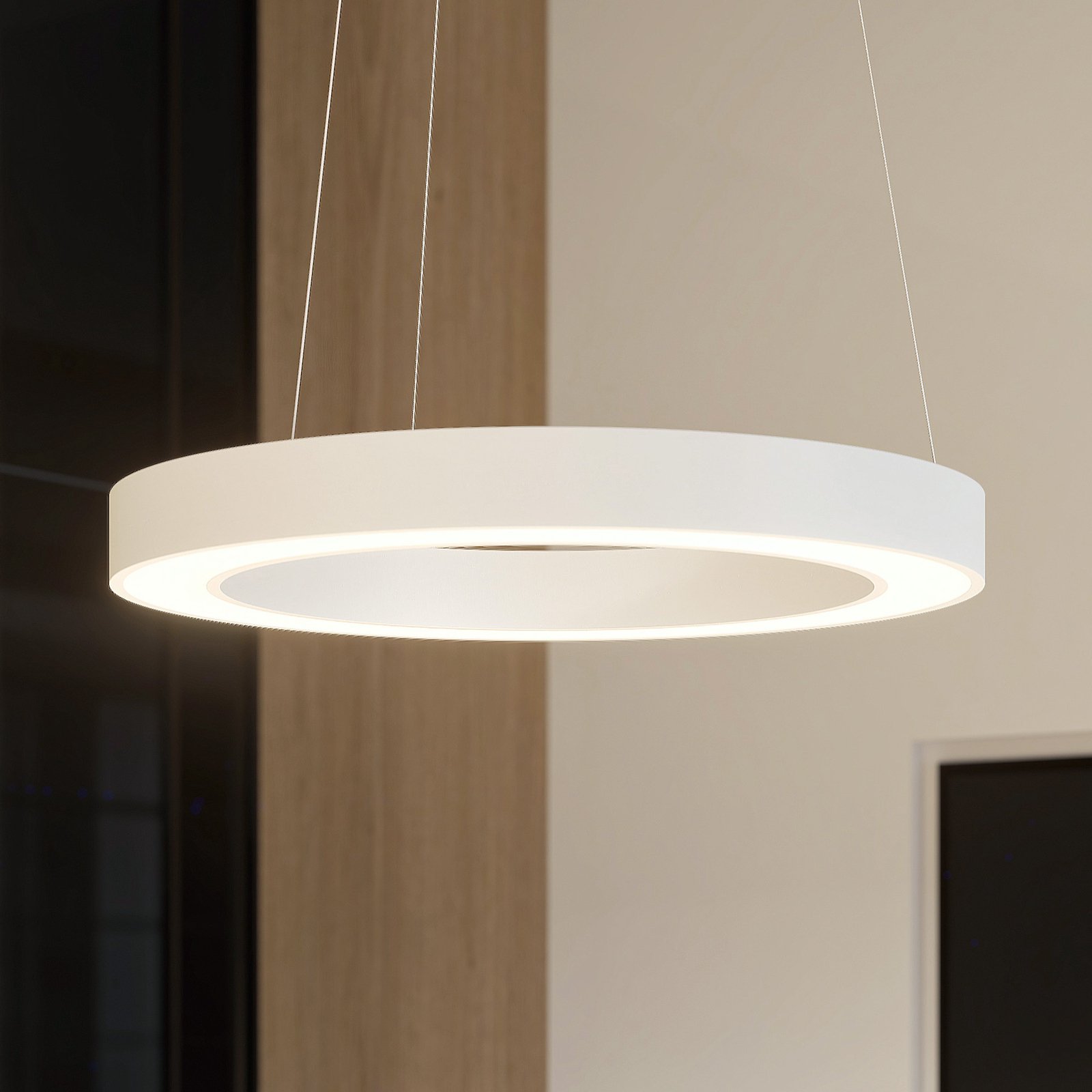

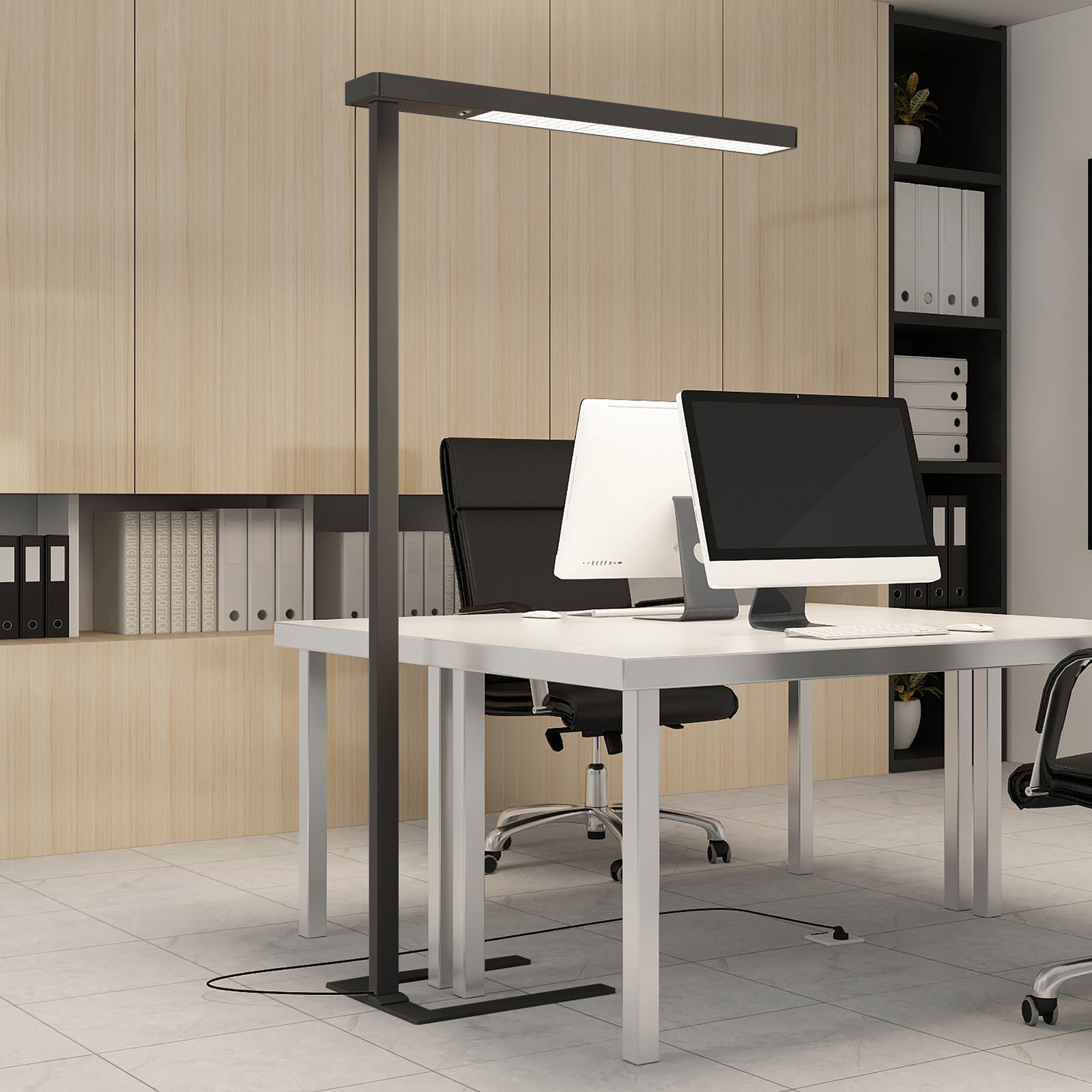
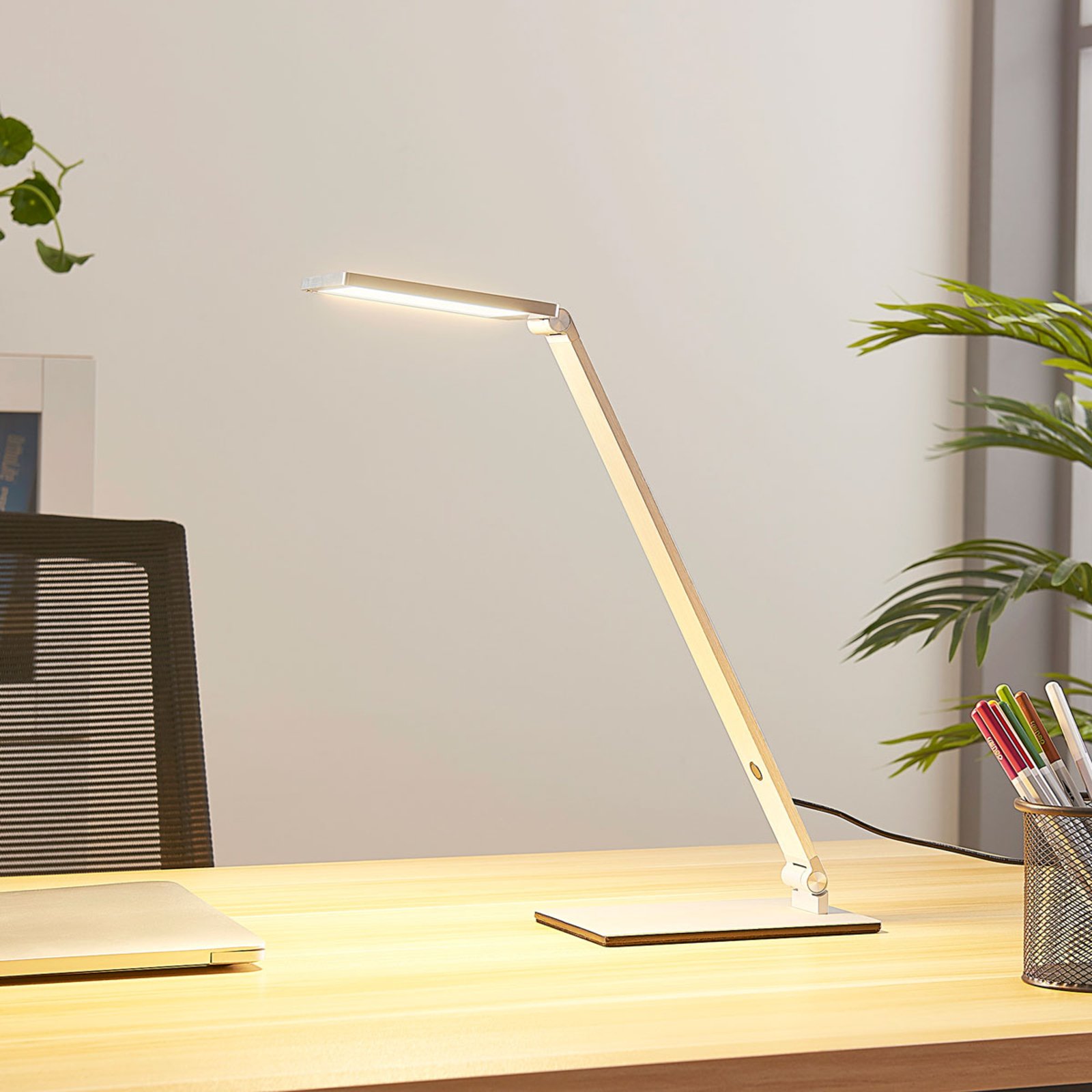
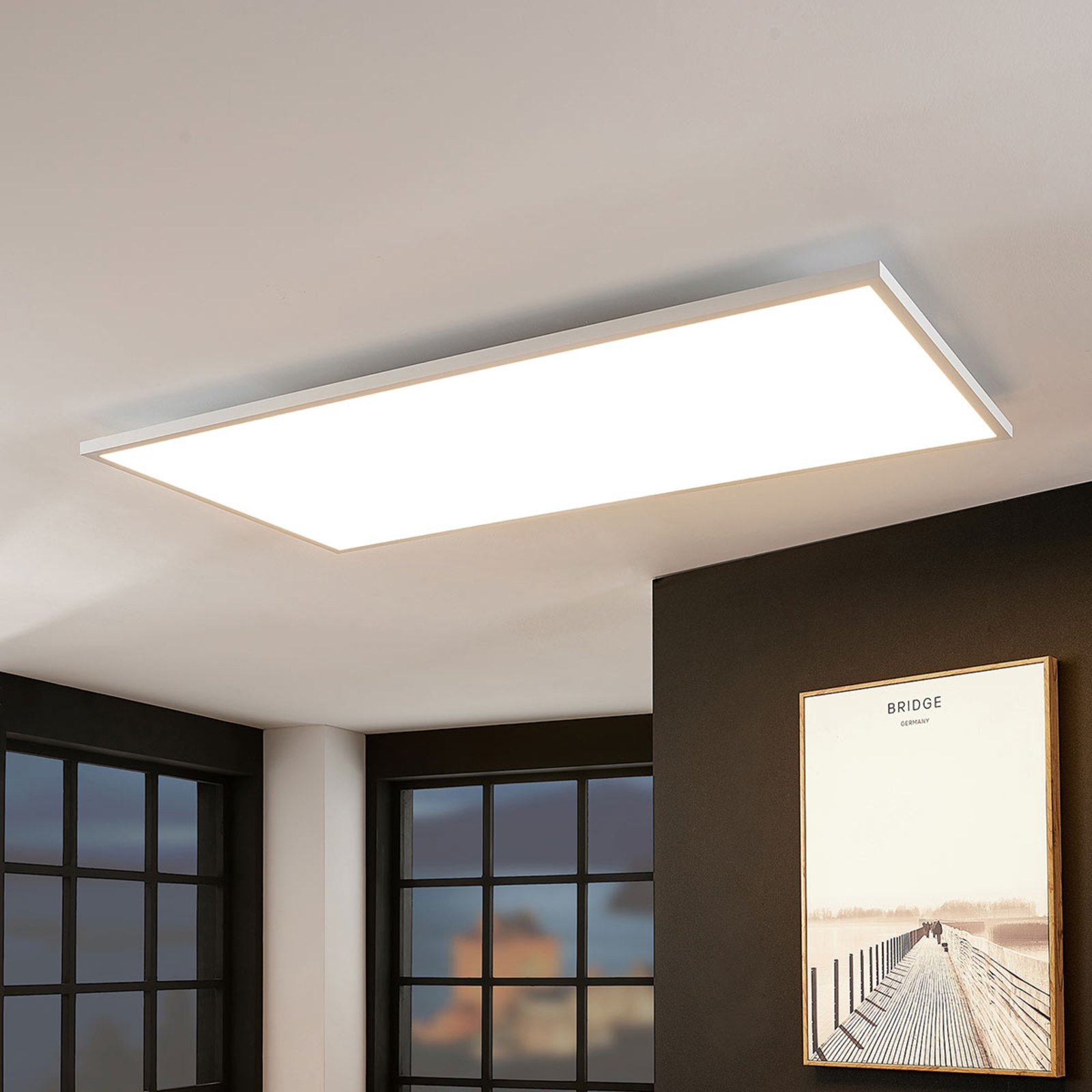
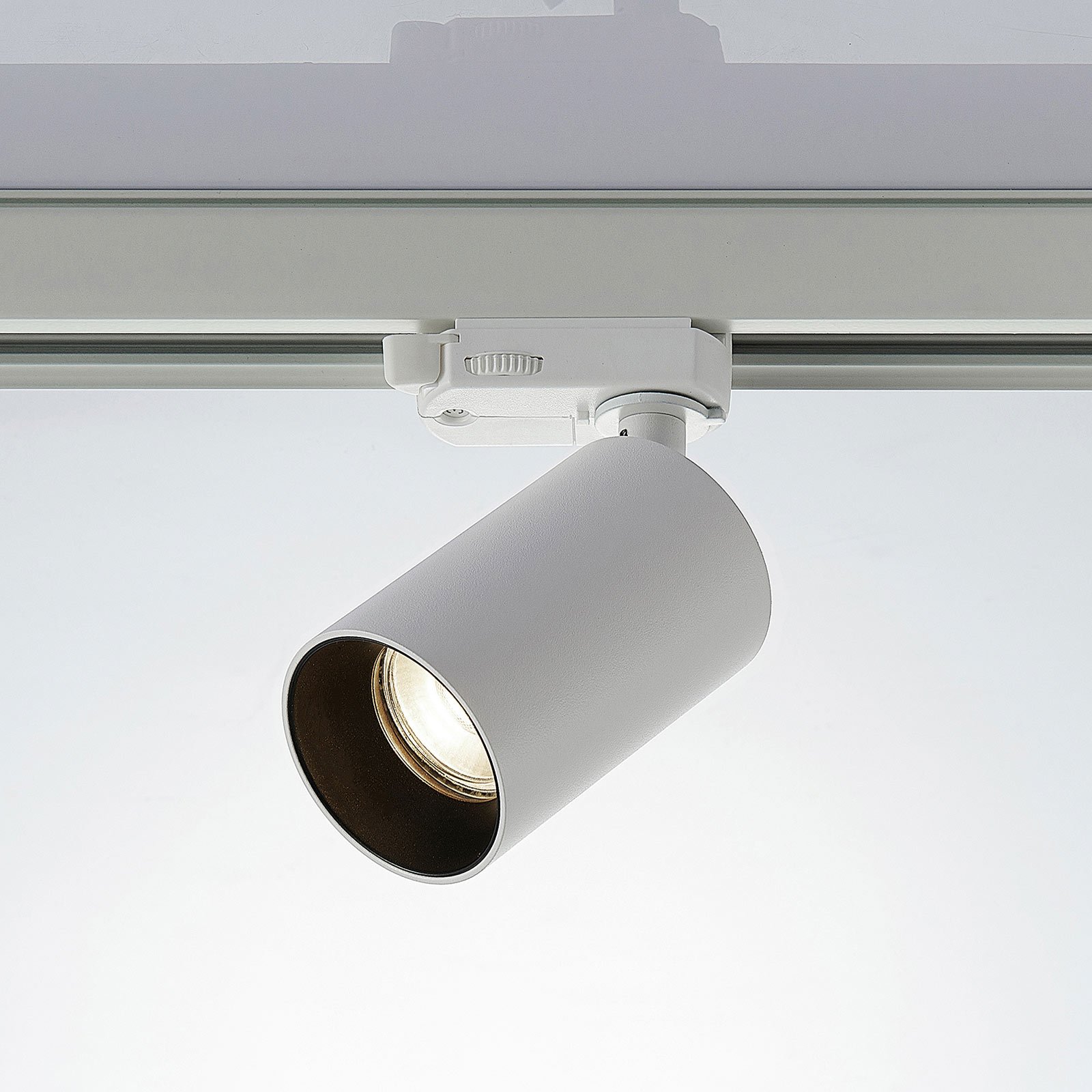
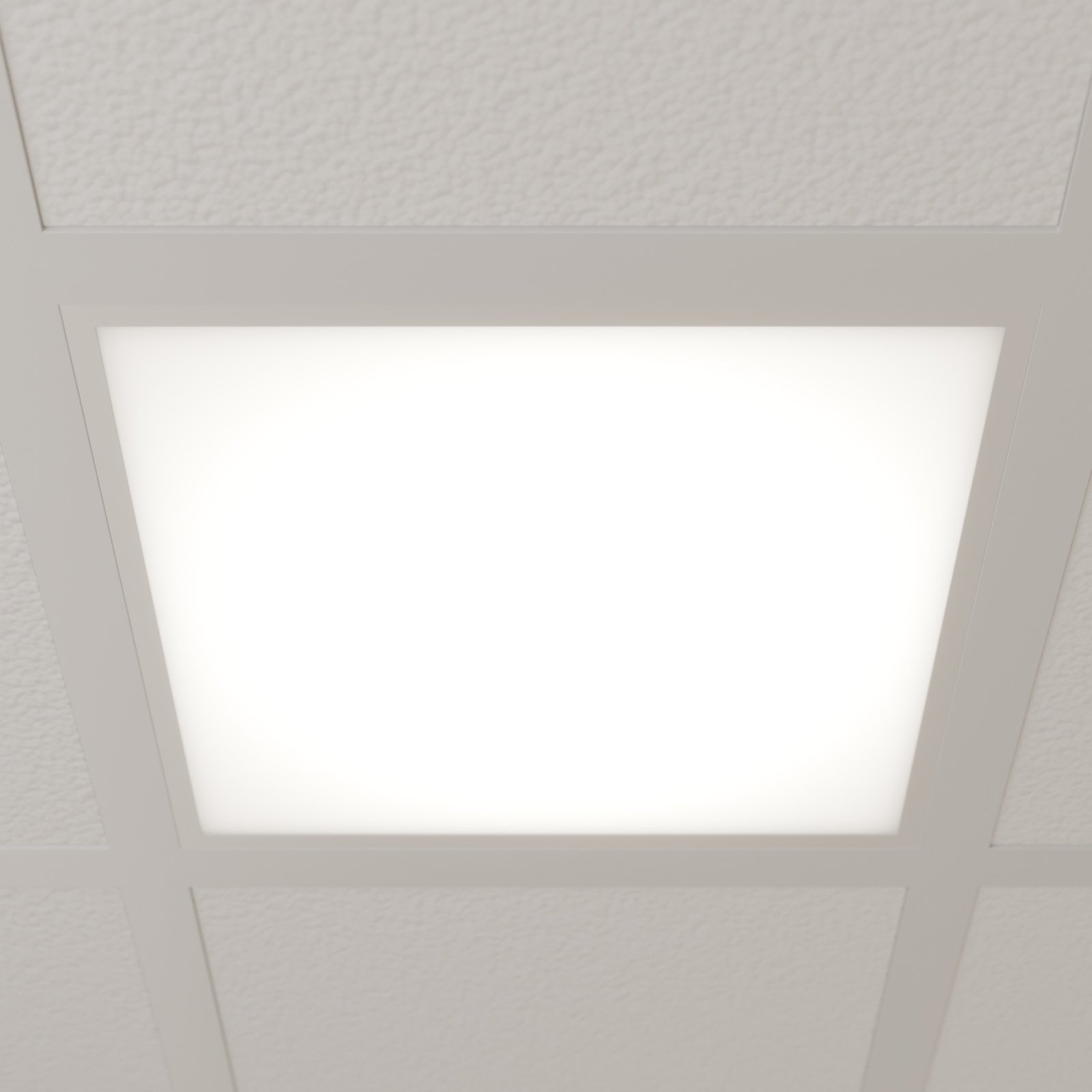
:format(jpeg))
:format(jpeg))
:format(jpeg))
:format(jpeg))
:format(jpeg))
:format(jpeg))
:format(jpeg))
:format(jpeg))
:format(jpeg))
